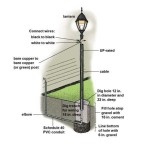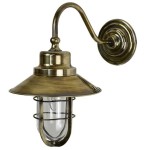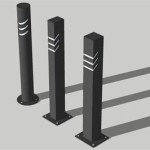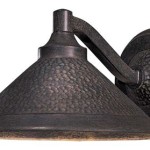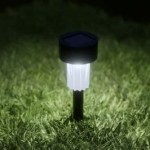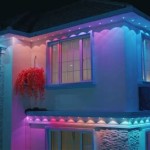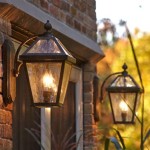Outdoor Lighting Fixtures: Essential Aspects for Enhancing Outdoor Spaces
Outdoor lighting fixtures play a crucial role in enhancing the aesthetics and functionality of your outdoor living spaces. By illuminating pathways, highlighting architectural features, and creating ambiance, these fixtures can transform your backyard into a welcoming and enjoyable extension of your home. Here's an overview of essential aspects to consider when choosing outdoor lighting fixtures.
Light Output and Brightness
The amount of light emitted by the fixture is measured in lumens. Higher lumen output results in brighter light, while lower lumen output produces softer, more subtle illumination. Determine the appropriate lumen output based on the intended use of the fixture. For general illumination of pathways and patios, 500-800 lumens per square meter is recommended. For task lighting, such as outdoor kitchens or reading areas, aim for 1000-1500 lumens per square meter.
Color Temperature
Color temperature, measured in Kelvin (K), refers to the perceived warmth or coolness of the light emitted. Warm white light with a color temperature of 2700-3000K creates a cozy and inviting atmosphere, while cool white light with a color temperature of 4000-5000K is more energizing and suitable for task lighting. Choose the color temperature that best complements the ambiance you desire.
Fixture Type
Outdoor lighting fixtures come in a wide range of styles and designs to complement various architectural and landscaping themes. Wall-mounted fixtures provide ambient lighting for patios and entryways, while bollards and path lights illuminate pathways and steps. Spotlights highlight specific features or objects, such as sculptures or trees. Pendant lights and chandeliers add a touch of elegance to outdoor dining areas and seating arrangements.
Material and Durability
Outdoor lighting fixtures need to withstand harsh weather conditions, including rain, snow, and extreme temperatures. Choose fixtures made from durable materials such as aluminum, stainless steel, or powder-coated steel that resist corrosion and fading. Consider fixtures with an Ingress Protection (IP) rating to ensure protection against moisture and dust ingress.
Energy Efficiency
Energy-efficient outdoor lighting fixtures help reduce electricity costs and environmental impact. Look for fixtures with LED technology, which consume up to 90% less energy than traditional incandescent bulbs while providing comparable or superior brightness. Also, consider motion sensor fixtures or timers to automatically switch off lights when not needed.
Conclusion
By carefully considering these aspects, you can select outdoor lighting fixtures that meet your specific needs and enhance the beauty, safety, and functionality of your outdoor spaces. With thoughtful planning and the right fixtures, you can transform your backyard into a welcoming and inviting oasis that you and your family will enjoy for years to come.

Types Of Exterior Lighting Fixtures Garden Architectural Design Light

5 Outdoor Lighting Styles And Ideas Design Inspirations Lights Com Blog

Landscape Lighting Designer Outdoor Shockyelectric

Light Guide Outdoor Lighting Fundamentals

Reduce Light Pollution With Better Outdoor Lighting 5 Principles

What Light Fittings Should We Install Outdoors When It Rains

Choose Outdoor Lighting Fixtures American Gas Lamp Works
Outdoor Lighting Fixtures Classifications Electrical Knowhow

Outdoor Lighting Guide Lowe S

5 Outdoor Lighting Styles And Ideas Design Inspirations Lights Com Blog
